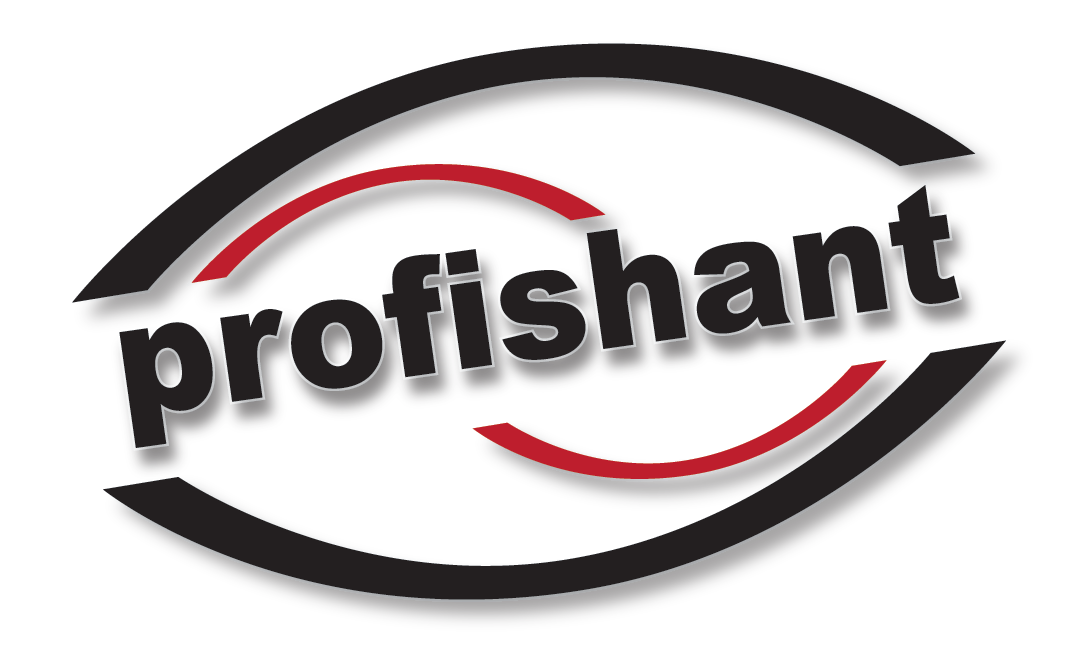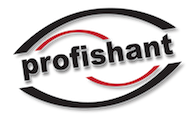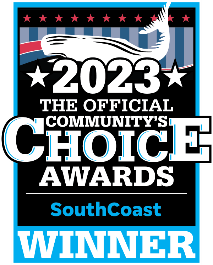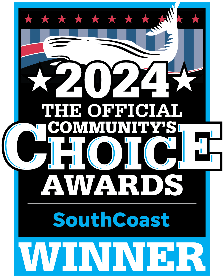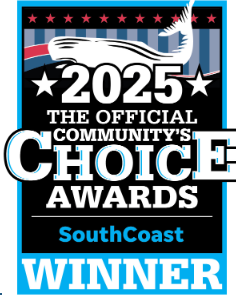“Fly Strips” or “Fly Bars”
Are They Safe?
“Fly Strips” or “Fly Bars” Are they safe?
I am not just a pest control provider; I am a consumer as well. I eat out, meet friends at my favorite watering holes. I see the “fly strips” at places I frequent. Not the ones that catch flies on a sticky strip, but the chemical bars that kill insects while releasing vapors, or as we call them; Dichlorvos 18.6% or DDVP. A carcinogen, organophosphate, a cholinesterase inhibitor. So, when people ask me if they are safe, sure. As safe as steak knife that is used to cut steak. But is it safe to sit in a room being flooded with this vapor? Absolutely not!
The product label is important, it is everything. Some brands are private labeled, dropping the, “For use by pest management professionals”. Which means you must be a licensed pest control technician to purchase it. This does not mean it is a good idea to use, it does not mean it is safer. Many restaurant owners have told me, their suppliers say it is safe to use in a bar or restaurant. “Look the name bar, is in the product name”. Misleading? Or is the name bar describing the shape of the product? It really does not matter. Let’s go to the labels; Below will be a list of statements from actual labels, not one product, but three labels all with the same active ingredient and the same percentage. All labeled with a different name, but all being marketed at restaurants and bars. I will not list brand names, only the active ingredient, percentage and label statements. Here we go!
It is a violation of federal law to use this product in a manner inconsistent with its labeling.
Do not use in kitchens (except cupboards), restaurants or areas where food is prepared or served.
Do not use in food/feed service establishments.
For control of flying and crawling pests, place the appropriate number of ****** within the trash receptacles such as compactors, garbage chutes, garbage rooms, garbage bins, and other.
Household: Use only in Closets, Wardrobes, and Cupboards.
Place in desired location away from the windows and out of reach of children and pets.
DO NOT USE IN AREAS OF A HOME WHERE PEOPLE WILL BE PRESENT FOR AN EXTENDED PERIOD OF TIME.
Do not use in closets and wardrobes of rooms where infants, children and the sick or aged are or will be present for any extended period of confinement.
Harmful if inhaled.
Avoid breathing vapors.
This product is a cholinesterase inhibitor.
Have the product container or label with you when calling poison control center or doctor or going for treatment.
Now, back to “is it safe”? When I am sitting at a table in a restaurant looking at more than a few of these “bar” type products, eating dinner, no. No, that is not safe. When your food service provider sells you these, take the time to listen to them. Are they telling you to put them out at night, retrieve them in the morning? Are they explaining that you need to air the space out for your customers and your staff? Is that a legal or ethical application of this product? This is your business and you hold all the liability. My strong recommendation would be to speak with your pest control provider, review your sanitation program and speak with the department of agriculture in your home state.
A strong sanitation program can completely avoid needing this type of application. If we can all realize that each pest issue is a warning sign, an alarm, of something gone wrong. Pest issues are a side effect of another issue. Mice can mean a broken door sweep, carpenter ants can mean water damaged wood, fruit flies mean a fault in your sanitation program. Let’s get to the root cause and work together to do what is best for your staff, your customers and your brand.
Article Written By:
Andrew W. Seivers, ACE
Associate Certified Entomologist
profishant, inc.
